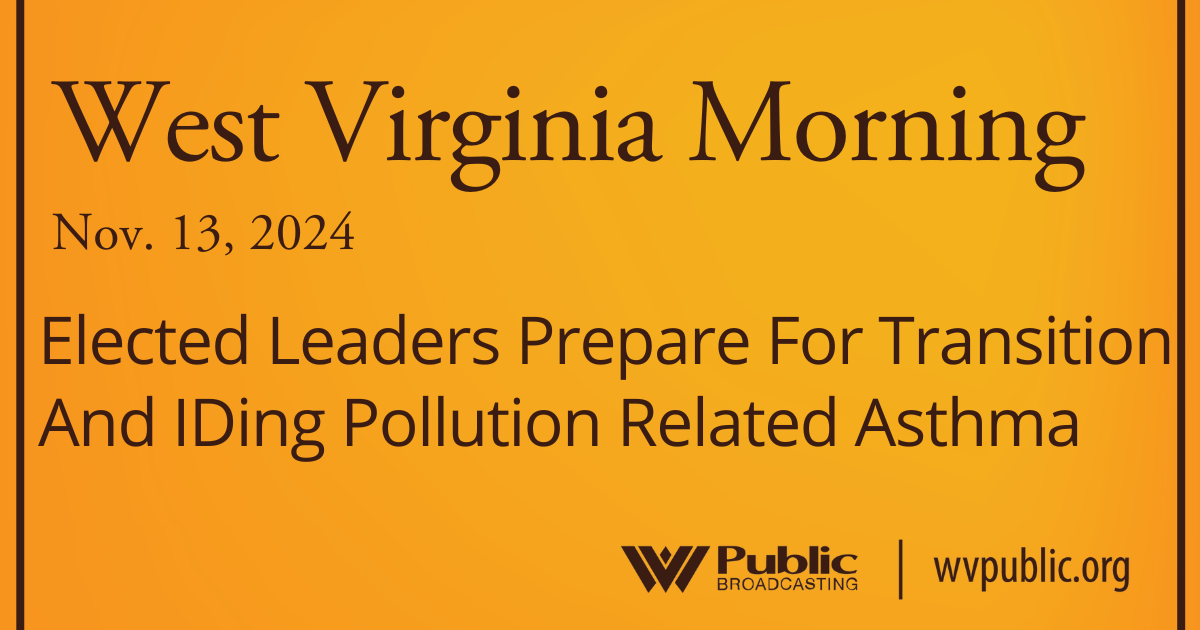Residents of the Kanawha Valley may have noticed smoke in the air. Emily Rice reports that the Division of Forestry is fighting about 82 fires in the state’s southern coalfields.
Officials are hopeful that Thursday’s rain showers will calm the thousands of acres that have burned across the southern region of West Virginia this week.
Due to ongoing dry weather conditions, Gov. Jim Justice issued a burn ban on Monday.
Jeremy Jones, director of the Division of Forestry, said the ban helped with prevention, but Thursday’s rain will help firefighters get ahead of the fire.
“Today’s rains really knocked things down, which will give us an opportunity to get in and really gain some good containment on the large fires that are currently burning down in that area,” Jones said.
According to Jones, the forestry department has seen about 82 fires in the last week and those fires have consumed about 5,500 acres of land in Kanawha, Boone, Fayette, Wyoming, Mingo, Lincoln and Logan counties.
Jones also said all the fires were caused by humans and are under investigation.
“They were all human-caused, they’re under investigation, and we wouldn’t release that information specifically,” Jones said.
Smoke from the fires affected air quality in Charleston Thursday, bringing the area’s air quality index (AQI) to 140 at around noon, which is unhealthy for people with heart or lung disease, older adults, children and teens.
At 4:19 p.m. on Thursday, Nov. 11, 2024, the West Virginia Department of Environmental Protection issued a Code Orange Air Quality Advisory for southern West Virginia lasting through Saturday, Nov. 9, 2024.
Wildfire smoke contains fine particulate matter, known as PM2.5, which are microscopic solid or liquid droplets that can be inhaled and cause serious health problems, according to the U.S. Environmental Protection Agency (EPA)
PM2.5 is considered unhealthy for “Code Orange” and sensitive groups once the Air Quality Index surpasses 100, according to AirNow, a website that publishes air quality data. The chart measures from green to maroon with green being good and maroon being hazardous for all.
According to the Air Now Fire and Smoke Map, by Thursday evening, the Kanawha Valley’s AQI fell to 52 which is considered moderate.
A Code Orange Air Quality Advisory means that air pollution concentrations within the region may become unhealthy for sensitive groups. Sensitive groups include children, the elderly, and people suffering from asthma, heart disease, or other lung diseases.
The effects of air pollution can be minimized by avoiding outdoor exercise or strenuous activity.
“This is the kind of polluted air that can impact them (sensitive groups) the most,” Megan Keebler, a meteorologist at the National Weather Service in Charleston, said. “Typically, what we advise during this time is just to avoid being outside as much as possible. If you have to be out there just for like, short stints at most, maybe even moving anything outdoors to rescheduling them or moving indoors, if at all possible, and wait until the air quality gets better before resuming outdoor activities.”
